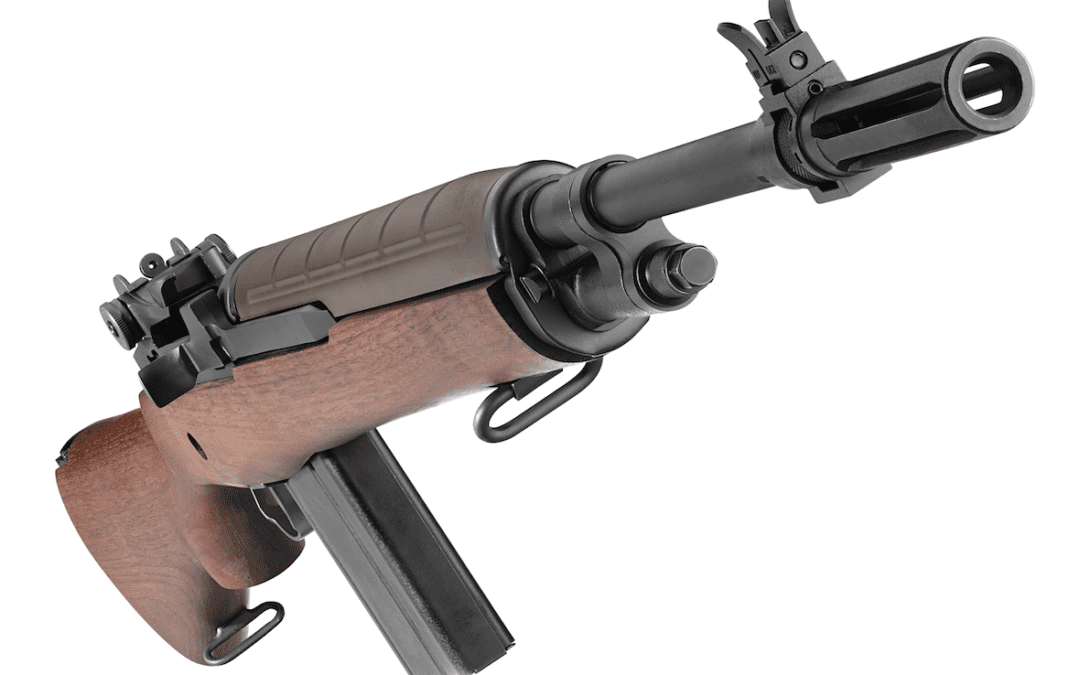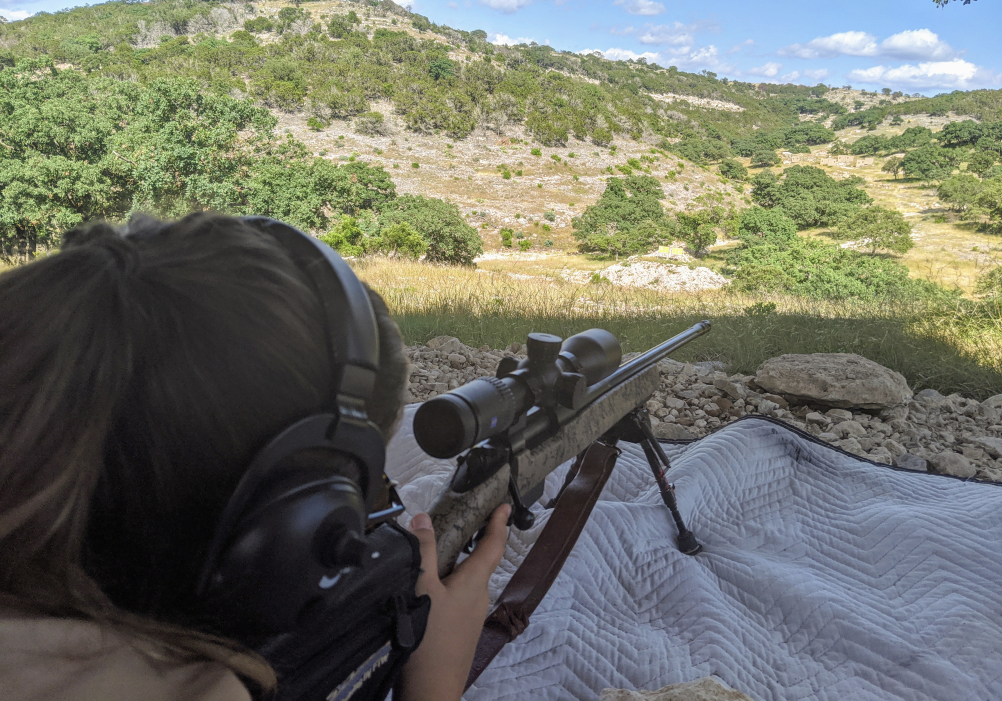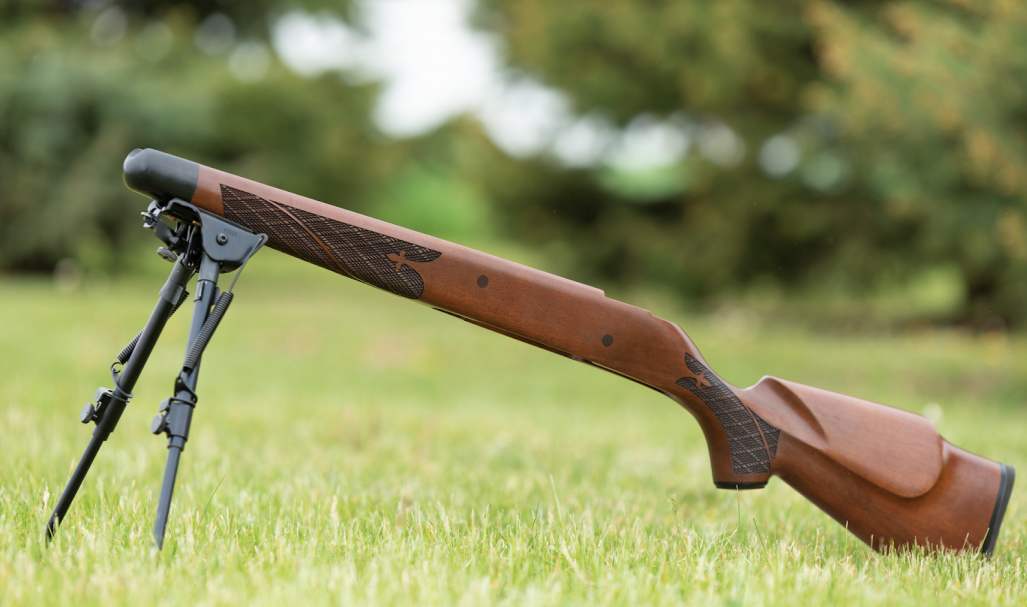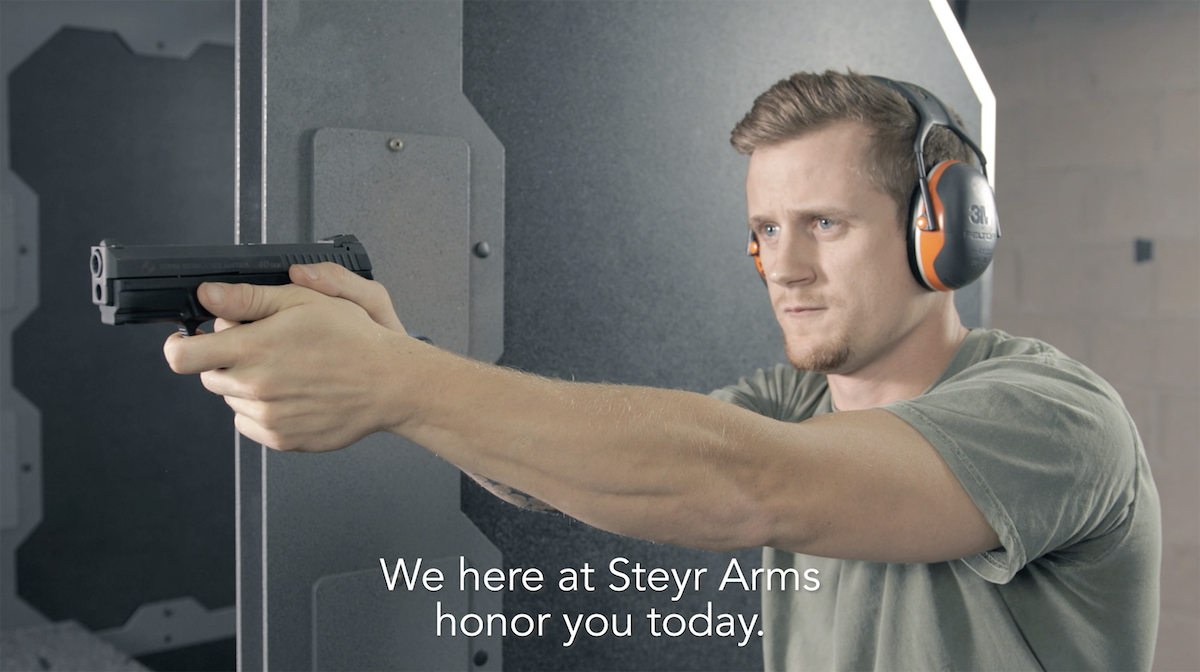With rising anticipation, I have just received the long box from Springfield Arms. A new M1A Standard Issue rifle.
I am as excited as a kid at Christmas. As I ride back to the office to open this prize, the memories of 52 years passed are coming to the surface.
The year is 1968 and I am beginning basic training at Fort Dix, NJ. We are one of the last training cycles not to be issued the M16, but we are to train and qualify with the Springfield M14 that had been in service since the 1950s. Having grown up shooting and hunting, the first day at the rifle range was full of a similar anticipation. My rifle had been through untold training cycles and showed the wear. Would the sights be messed up, would it malfunction, would it shoot? My training buddy and I had similar backgrounds shooting and hunting…he in Piedmont of South Carolina, me in western North Carolina. We were in the first group to try and zero our rifles, and had a friendly wager as to tightest groups and fewest rounds. We were firing groups of three at the distance of 25 meters. Our ultimate goal: approximately three inches above the bullseye to give us a zero at 200 meters. My first three were about six inches high and three inches wide. Using the windage adjustments on the rear sight, the next group was centered about six inches high. Using the elevation adjustment, the next was at the perfect place for zero. All the groups were about the size of a quarter with a couple of holes overlapping. My zero was complete and approved by the drill instructor.
My buddy, Paul, had the same nine shot results. No money on our wager changed hands.
The next humorous occurrence came as we were chilling on a picnic table listening and watching the rest of the company trying to zero. Up comes the CO and XO arriving at the range in a Jeep. They walk up to Paul and me and we come to attention and salute. We were immediately challenged as to why we were malingering and why were we not firing. We responded that we were zero’d and were doing what we had been instructed to do. They were somewhat incredulous and asked to see our respective targets. We presented them and they examined with the only comment being “wasn’t your first time, was it?”
The memories of basic training and that M14 continued on my ride and the anticipation rose. That rifle became part of me for the entire duration of basic and infantry AIT and never once failed to fire or otherwise malfunction in spite of the low crawling through sand and mud and rain and bivouacs. Of course we cleaned it regularly and treated it well. In AIT I had the fortune to fire the M14A1 also.
Pistol grips fore and aft. I could not qualify as expert with that one as I did with regular M14 and M16. Full auto with the 7.62 x 51 was a bit much. The cadre only recalled one person that fired expert with the full auto model. A big former lineman from Notre Dame could hold it while us mere mortals could not.
 At the office with my box, I cannot wait the see and feel and recall the months of basic and Infantry AIT with a M14 as a constant companion. Would the M1A disappoint some 52 years later? Interestingly, 1968 was the last year of the original Springfield Arms Company. A ubiquitous name in military arms since 1777. They manufactured many familiar firearms including John Moses Browning’s 1911 pistol, the A303 rifle for the army and of course the renowned M1 Garand prior to the M14. The current Springfield Arms has no connection to the original but for name, but has lived up to the name with many great products. My son and I have three of their products bought prior to the arrival of the M1A. 9mm, 40 cal and 45 ACP. All fantastic performers.
At the office with my box, I cannot wait the see and feel and recall the months of basic and Infantry AIT with a M14 as a constant companion. Would the M1A disappoint some 52 years later? Interestingly, 1968 was the last year of the original Springfield Arms Company. A ubiquitous name in military arms since 1777. They manufactured many familiar firearms including John Moses Browning’s 1911 pistol, the A303 rifle for the army and of course the renowned M1 Garand prior to the M14. The current Springfield Arms has no connection to the original but for name, but has lived up to the name with many great products. My son and I have three of their products bought prior to the arrival of the M1A. 9mm, 40 cal and 45 ACP. All fantastic performers.
I opened the box with the anticipation of Christmas mornings passed. The M1A looked right, felt right and was like seeing an old friend that had been missing for years. Looking through the military sights brought back cherished memories. Now to the range to make some noise.
First challenge out of the box was to find the paper target so it could be properly sighted in. A friend and I both fired at the 12 inch x 12 inch target with no hits. I walked to about 10 yards from the target and shot two standing off-hand shots. Overlapped the holes. Centered, but way too low. After adjusting the rear sight and several more attempts we managed two in the bullseye and left the 100-degree heat. What an enjoyable rifle to shoot and after the first couple of rounds, the sights were familiar again after 50 years to the point that it seemed natural. Next trip will be fine tuning for hunting season and for just plain fun.
Got sights fine tuned and what a joy to shoot. It really is akin to getting together with an old friend and bridging years as if only hours had passed. I am looking forward to deer season opening in a month or so with the same confidence I enjoyed 50 years ago…if I can see it, I can hit it.
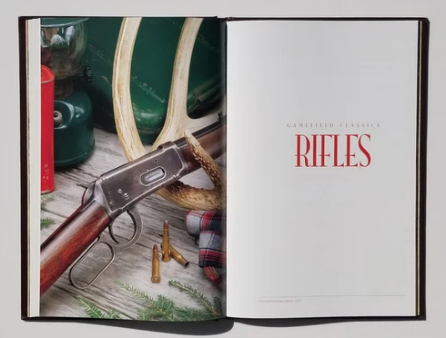 A big 9 by 12-inch book, Gamefield Classics features more than 70 beautiful photographs and McIntosh’s insightful text on more than 35 different shotguns and 25 different rifles. Slipcase included.
A big 9 by 12-inch book, Gamefield Classics features more than 70 beautiful photographs and McIntosh’s insightful text on more than 35 different shotguns and 25 different rifles. Slipcase included.
Gamefield Classics brings together two preeminent talents in the world of sporting firearms. Michael McIntosh is the world’s most highly respected firearms writer; William W. Headrick stands alone at the pinnacle of firearms photography. Out of this unique collaboration comes a unique collection of stories and photos, all from the pages of Sporting Classics magazine. Here you’ll find a wide range of sporting shotguns and rifles built by an equally wide range of makers. All are classics in their own way. Some are pristine examples, others show the signs of much loving use and care. Here you’ll find history of the makers and in some cases of the guns themselves. All have a story to tell. Buy Now

